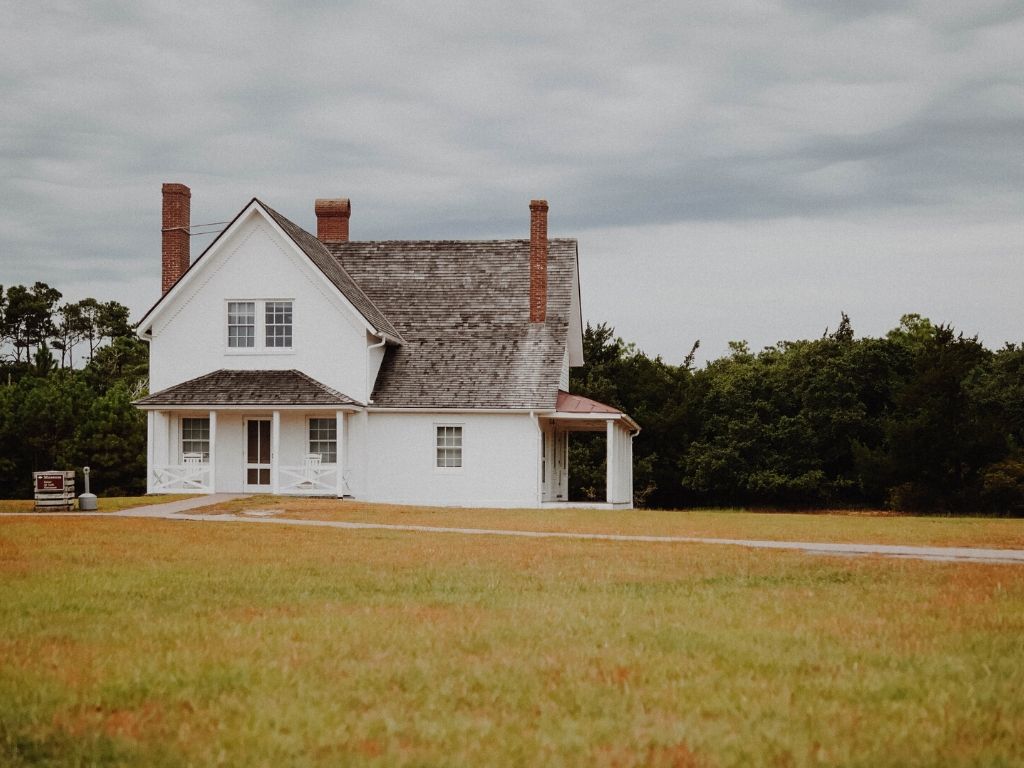Whether you want to give your house a new look or are looking to increase the property value, rendering the exterior is a great option. Render is a type of plaster finish applied to external walls so worth your time looking at the cost to render the front of your house. Not only does it create a smooth, unique finish, but it also adds a layer of protection against the elements.
Different Render Finishes
While grey pebble dash was once the only type of render finish available, today’s homeowners have many more options. The finish you choose will depend on the style you desire and the size of your budget. The most standard option is cement. This render is mixed on-site and applied in several coats. If you choose renders, you will need to paint the surface regularly to keep it in good condition. Polymer renders come premixed and with colour already added. You don’t need to paint polymer renders.
If you want to try your hand at rendering, here’s how to do it:
Step 1: Prepare the Surface
Make sure the walls are free of damage before you apply the render. Visually inspect the entire surface. If you find any structural defects, you need to repair them now. If you fail to do this, the render may ultimately fail.
Remove any external details from the walls, which includes, but is not limited to, bargeboards, rainwater pipes, and alarm boxes. It would be best if you also extended any vents and windowsills to accommodate the render. Apply metal stop and angle beads around the windows and doors to create a smooth edge for the render to adhere.

Step 2: Insulation and Mesh
Before you apply the render, you must place the external insulation. The most common types of insulation are rigid boards and slabs. Depending on which you choose, you will need to either glue or mechanically adhere the insulation into place. On top of the insulation, you will add a layer of fabric render mesh. It is also part of the initial coat of render. This mesh layer will protect your render and prevent cracking. Once in place, you may add another thin coat of render to serve as a topcoat.
Step 3: Build Up the Render and Finish
Continue building up the render, one layer at a time. Follow the instructions stated by the manufacturer to ensure you get the best results. The number of them required depends on the type of render you choose. If you choose a non-coloured render, you’ll want to paint the surface after it dries. Use appropriate waterproof external paint for this task. Through-colour, on the other hand, doesn’t need to be painted. That’s why many homeowners prefer this system.
Once you complete this step, you can reapply all the external details. Expect to spend about one month on this job, from start to finish. Although you most likely don’t need any specific planning permissions to render your house, always check with your local authority.
Helpful Tips
Ensure the render finish and colour you select is appropriate for the age and style of your home. Take your neighbours’ houses into consideration and choose changes that blend in with the rest of the neighbourhood. Ask a local estate agent if your home value will benefit from rendering. If the answer is no, you might want to change your plans. Unless you are very handy, hire a skilled tradesperson to do the front of your house instead of taking it on as a DIY project.











No Comments